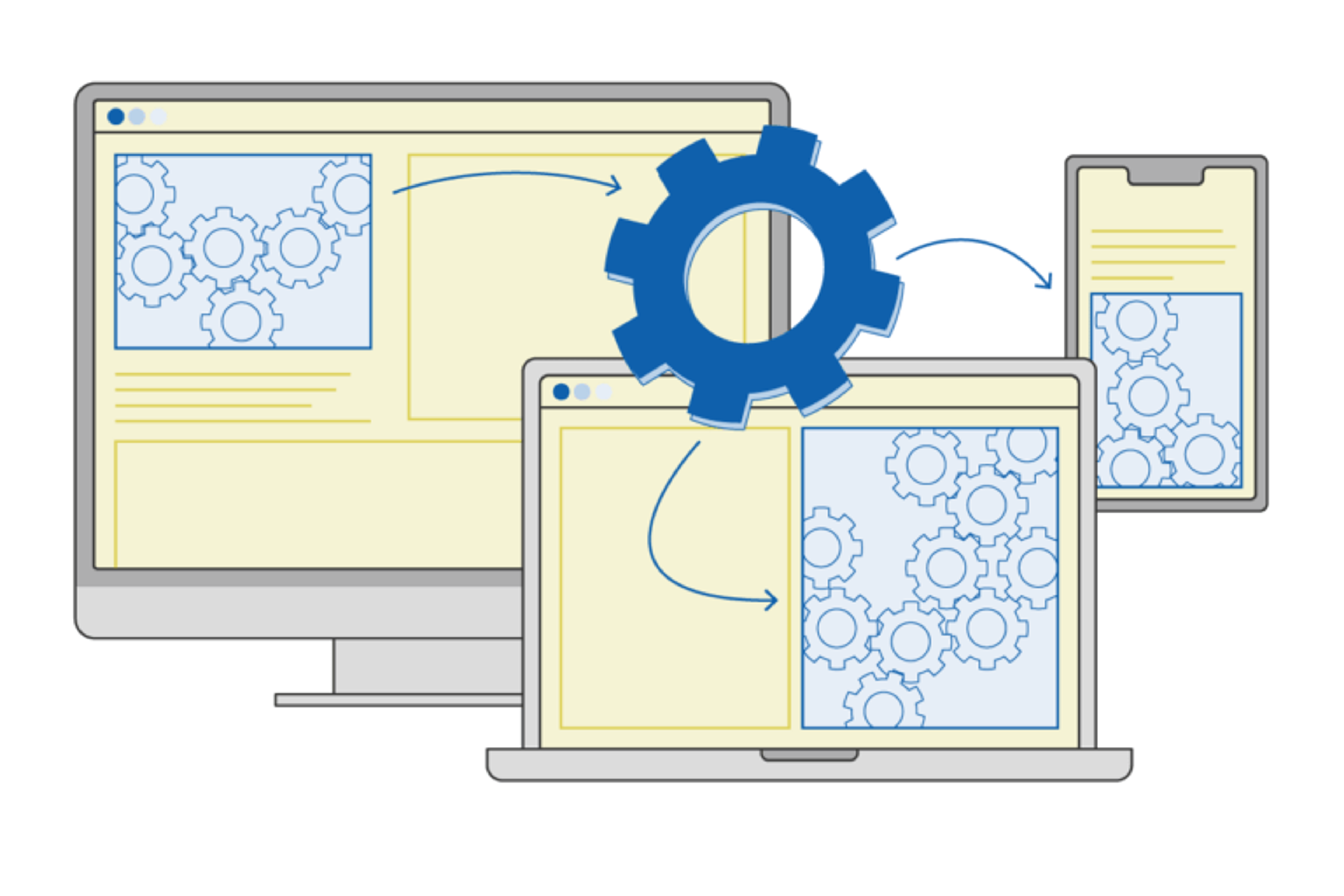API (Application Programming Interface)

An API provides limited access to the functionality or data of an application or (online) service so it can be integrated into another application or service. Google Maps’ API, for example, offers the possibility to integrate maps into your own website or app. The possibility to integrate the functionality of existing services ensures you don’t unnecessarily have to reinvent the wheel. You can expand your own offers and services by using APIs from other companies.
Technique
In technical terms, an API contains a set of rules that manages and structures the communication between the various applications or websites. The API indicates what kind of data you can retrieve, how to do this and the format in which you will receive the data. When you do this according to the rules of the API, you will receive data or you can connect with functionalities which you will be able to use in your own application or websites. This way, the API is the link between your app that wants data and the supplier of the data. Data is mostly delivered in XML- or JSON-format.
Who provides APIs?
Many large companies provide an API. Facebook, Google (for, among others, Google Maps and YouTube), Dropbox and Buienradar are examples of companies that make their API available. When you are able to register for a service via Facebook, or share a website without having to leave the website, this is enabled by the Facebook API. Facebook benefits from this because their service is being used without them having to disclose their code.
There are different forms of APIs: private APIs are only there for internal use. Partner APIs are only made available to companies by agreement. This ensures quality control to some extent. Public APIs are made available for use by the public. Everyone can use them.
The world is changing from analogue to digital and it is becoming increasingly important for companies to adapt to changes rapidly. APIs make it possible to exchange functionality and data in a structured and therefore stable way. As a result, companies can continue to focus on their key competences and combine these with services via APIs.


